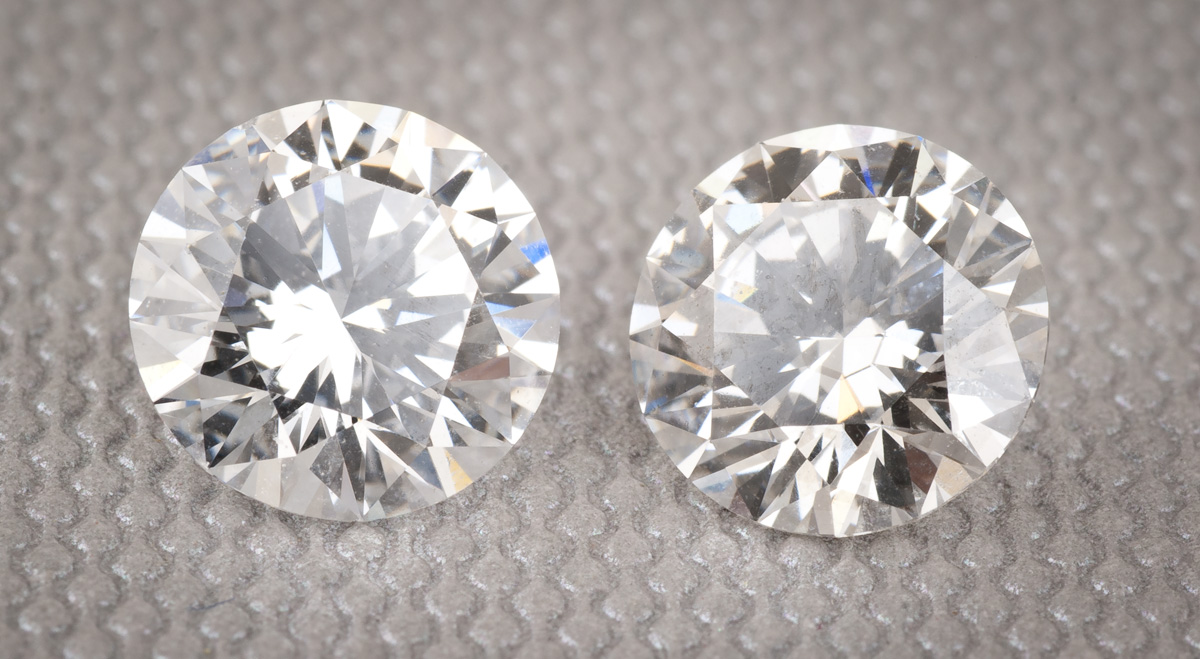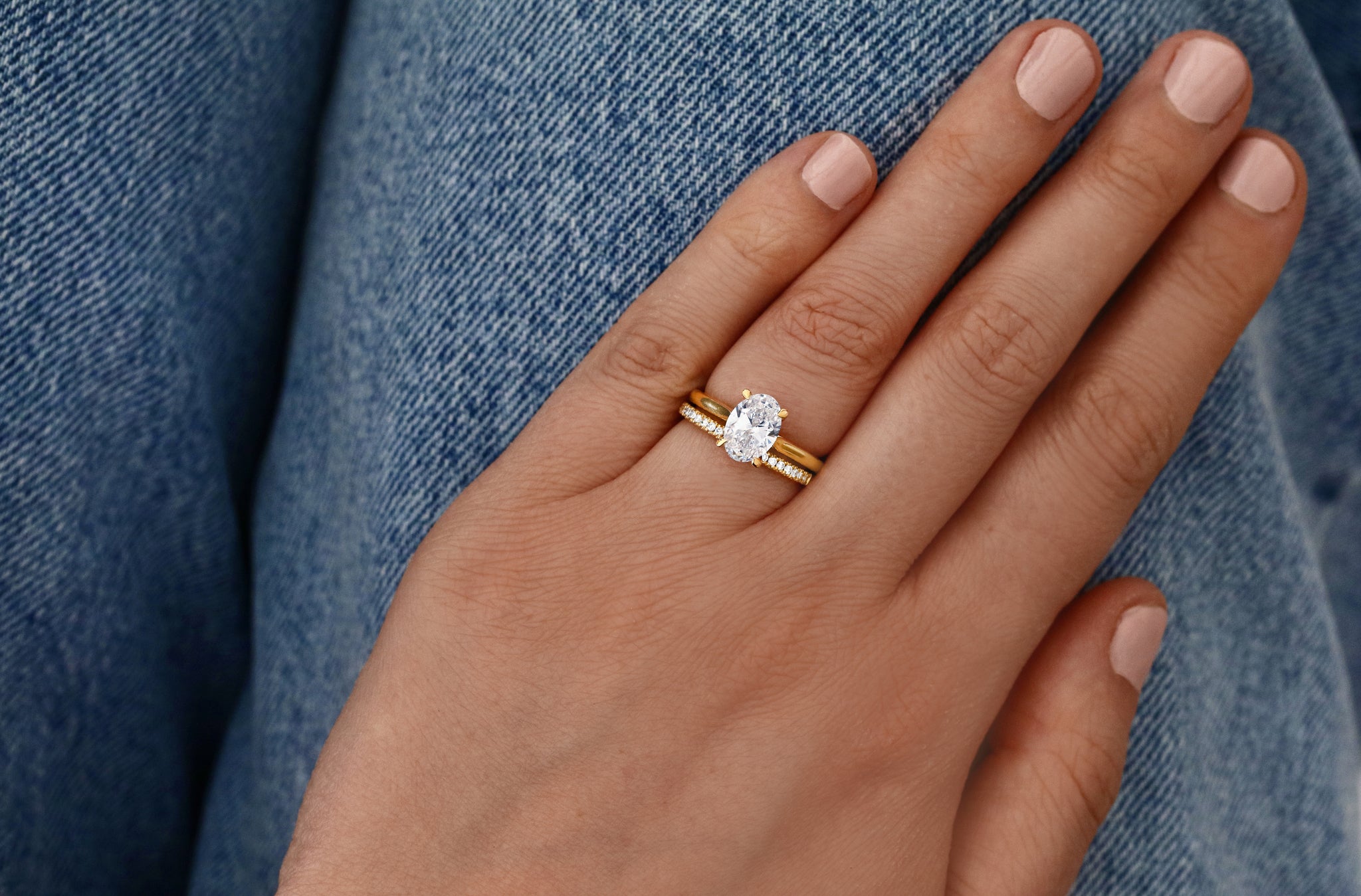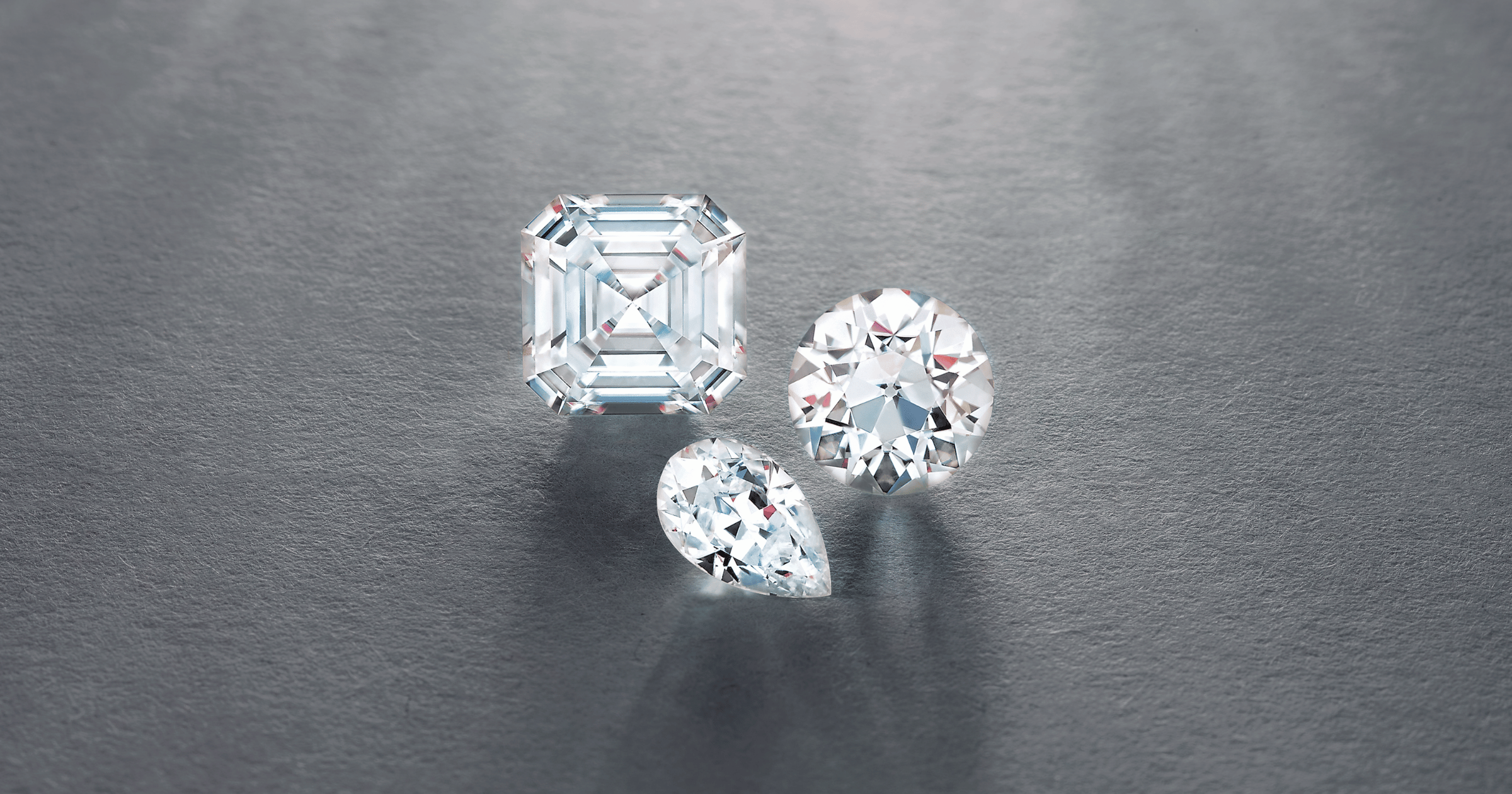The debate between lab made diamonds vs real, often referred to as mined diamonds, has gained significant traction in recent years. With an increasing number of consumers opting for lab-grown diamonds, it’s important to understand the key differences between the two, especially when considering which is the better choice for your jewelry purchase. Lab-grown diamonds, also known as lab-made diamonds, have sparked interest due to their ethical and environmental advantages, but many still wonder how they compare to real, mined diamonds in terms of quality, value, and overall appeal.
Table of Contents
What Are Lab-Made Diamonds?
Lab-made diamonds, also called lab-grown or lab-created diamonds, are diamonds that are produced in controlled laboratory environments using advanced technology. These diamonds are made using one of two primary methods: High Pressure High Temperature (HPHT) or Chemical Vapor Deposition (CVD). Both techniques simulate the conditions under which natural diamonds form deep within the Earth, allowing for the creation of diamonds with the same physical, chemical, and optical properties as mined diamonds.
When you buy lab-made diamonds, you are purchasing stones that are virtually indistinguishable from natural diamonds. They have the same hardness, brilliance, and durability, making them a fantastic alternative to mined diamonds. The key difference lies in their creation process—lab-made diamonds are grown in a matter of weeks, while natural diamonds take millions of years to form beneath the Earth’s surface.
The Creation of Real Diamonds
In contrast, real diamonds, or mined diamonds, are formed naturally under extreme heat and pressure in the Earth’s mantle. The process of diamond formation can take millions of years, and these diamonds are extracted through mining operations. Mined diamonds are often associated with the diamond industry’s historical connection to regions with ethical issues, environmental concerns, and labor exploitation. Despite these challenges, many still choose real diamonds for their perceived value and rarity.
Unlike lab-grown diamonds, mined diamonds require significant resources and labor to extract. This makes the process of obtaining real diamonds less environmentally sustainable, with mining practices contributing to habitat destruction and pollution. Additionally, the ethical concerns surrounding the diamond industry, such as the trade of conflict diamonds, have led to an increased interest in lab-grown alternatives.
Quality: Are Lab-Made Diamonds as Good as Real Diamonds?
One of the most common questions people ask when deciding between lab-made diamonds vs. real diamonds is about their quality. The short answer is: yes, lab-grown diamonds are of equal quality to natural diamonds. Both lab-made diamonds and mined diamonds are graded using the same criteria: the 4Cs—cut, color, clarity, and carat weight.
Lab-grown diamonds undergo the same grading process as natural diamonds, which ensures that they are just as brilliant and durable. Their chemical composition and physical properties are identical to mined diamonds, meaning they will last for generations. In fact, many consumers have a hard time telling the difference between a lab-grown diamond and a mined one, and jewelers can only identify the difference through specialized equipment.
When considering the quality of lab-grown diamonds, it’s important to note that they can be created with precision. Since lab-made diamonds are produced in a controlled environment, it is easier to control factors such as clarity and color, resulting in diamonds that may have fewer inclusions and a more consistent appearance compared to some mined diamonds.
Cost Differences: Lab-Grown Diamonds vs. Real Diamonds
One of the most significant advantages of buying lab-grown diamonds is their cost. Lab-made diamonds are typically much more affordable than mined diamonds. Due to the way they are produced in a lab, lab-grown diamonds don’t incur the same extraction and transportation costs as mined diamonds. This translates to a price difference of up to 30% to 40% less for a lab-grown diamond compared to a mined diamond of comparable quality.
If you are on a budget but still want the beauty and quality of a diamond, buying a lab-grown diamond can be a more cost-effective choice without compromising on the overall appearance and durability of the stone. For example, you could buy a larger or higher-quality lab-grown diamond for the same price as a smaller or lower-quality mined diamond, offering you more value for your money.
Ethical and Environmental Considerations
The ethical and environmental implications of buying a diamond are becoming increasingly important to many consumers. Mined diamonds, while beautiful, have a significant environmental impact due to the mining process. Diamond mining can cause deforestation, soil erosion, and disruption of wildlife habitats. Furthermore, mining operations often involve exploitative labor practices, and some diamonds are sourced from conflict zones, leading to concerns about the ethical implications of purchasing these stones.
In contrast, lab-grown diamonds are considered to be a more ethical and sustainable alternative. Since they are produced in a controlled lab environment, lab-made diamonds do not contribute to the destruction of ecosystems or the use of harmful mining practices. They are also not associated with the conflict diamond trade. For those who are concerned about the environmental and ethical impact of their purchase, buying lab-grown diamonds is a more responsible option.
Resale Value: Lab-Grown Diamonds vs. Real Diamonds
When considering whether to buy lab-grown diamonds vs. real diamonds, resale value is another important factor to consider. Mined diamonds have traditionally held their value well, partly due to their rarity and long-standing cultural significance. However, the resale value of lab-grown diamonds is still a developing area. While lab-made diamonds have been growing in popularity, their resale value is not yet as established as that of mined diamonds.
However, the increasing demand for ethical and sustainable products suggests that the resale value of lab-grown diamonds may rise in the future. For those interested in buying a diamond for investment purposes, mined diamonds may still hold more value, but for consumers seeking a beautiful, high-quality stone at a lower price, buying lab-grown diamonds is an excellent choice.
Conclusion: Which Is Better – Lab-Made Diamonds or Real Diamonds?
In conclusion, the decision to buy lab-grown diamonds vs. real diamonds ultimately depends on your priorities. If you’re looking for a more affordable, ethical, and environmentally friendly option, lab grown diamonds offer a compelling choice. They provide the same beauty, durability, and quality as mined diamonds, but at a fraction of the cost, with a significantly lower environmental impact.
On the other hand, if you place more importance on the tradition and rarity of natural diamonds and are willing to invest more money, real diamonds may still hold an appeal. Regardless of your choice, both lab-grown diamonds and mined diamonds have their unique benefits, so the decision is yours to make based on your preferences and values.







